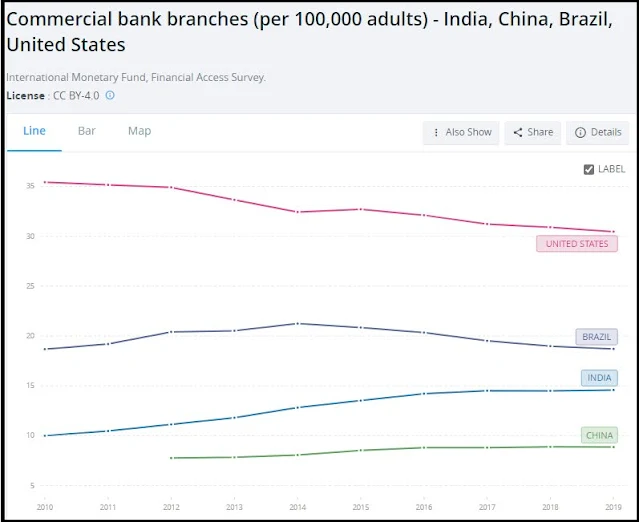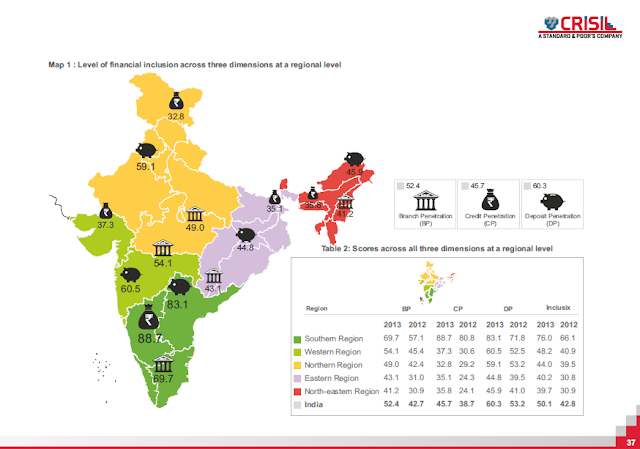A few days ago, I read a blog post (Understanding Collective) and a working paper (The current and potential role of self-help group federations in India) on the SHGF (Self Help Group Federation). I have the privilege of working with Chaitanya and the NRLM program for promoting community-based institutions. I am sharing my insights from reading literature and working with SHGF. This was long overdue with the promise made to Dr. Sudha Kothari madam.
A brief outline on SHGF before diagnosis: The role of SHGFs has varied by state, promoter organization as SHPIs (government, multilateral, or NGOs), and program maturity. SHGFs play diverse roles, their common goal is to strengthen SHGs, route the finance to SHGs, build their capacity and make them organisationally sustainable. SHGF is usually set up in three tiers (SHG, village cluster, and federation). SHGFs engage in financial intermediation. SHGF acts as the host organization for the SHG in terms of channeling the grants/loans to the SHGs. SHGFs as an institution has significantly contributed to the leadership development & economic well-being among women members.
As an observer, my view is that the SHGF movement has been going downhill in the last 10 years. Let me share the rationale behind the statement.
1. SHG federations were a necessary measure during the late 90s and early 2000s. This was required because the SHG-bank linkage program by NABARD was in the early phase. The penetration of the commercial bank branches was low. Currently, India has the largest network of bank branches in the world, and most villages are within quite an easy distance of a branch. There has been a doubling of the branches per 100,000 adults in the last 10 years only. The figure below is a representation of access to banking services in the major economies with bigger geography:
Source: World Bank
2. The human resource at the SHGFs comprises a Manager, Accountant, and Field Representatives that are underskilled and underpaid. Hence, the attrition rate of trained staff is very high. There is a minimum expenditure of INR 6-8 Lakh in managing SHGF assuming membership of 150-200 SHGs and outreach of 40-50 SHG by a field representative. The present scale of operations in the SHGF is not financially sustainable with an operating margin of 4-6% and a turnover less than INR 1 Crore. There are additional fees imposed such as one-time registration, annual membership fee, processing fee, service charge audit fee, and penalties imposed. Mandatory and voluntary savings compose a major part of the corpus generated internally but are not sufficient to increase the operating margins. New SHGFs raise credit from mature SHGF at an interest rate of 18% per annum hence further reducing the operating margin and increasing the cost of capital. Hence, SHGFs have still not achieved self-sufficiency. Most of the costs of the SHGFs are borne by the Self Help Promoting Institutes (SHPIs).
3. SHGs are always read to pay for financial audit and training fees from their corpus. SHGs get credit at an interest rate of 21% per annum from SHGF. Except for the loan service charges, credit linkages with the bank is a much cheaper source of credit for the SHGs. Other than that, few SHGFs ask for 5-10% of the security deposit as collateral with the federation. Hence, the variance of interest rate provides SHGs incentive to explore the cheaper source of finance.
4a. National Rural Livelihood Mission (NRLM) has been implemented by restructuring Swarnajayanti Gram Swarozgar Yojana (SGSY) effective from April 2013 in a mission mode. NRLM has emerged as the key element for delivering financial services to the poor in a sustainable manner and has witnessed phenomenal growth due to mainstreaming SHG Bank Linkage. Bank Mitras are delivering branchless banking services in Sub-Service Areas and reducing dependence on SHGF.
4b. Pradhan Mantri Jan-Dhan Yojana (PMJDY) is also known as the National Mission for Financial Inclusion, was launched in August 2014. Despite the 18-20 % dormancy rate in the savings account, the accounts are building a credit history for the customers. The implementation of Direct Benefit Transfer (DBT) in the social welfare scheme has further expanded banking services to the underserved population.
5. Promoting an SHGF is much more difficult and requires a much longer hand-holding period varying from 7-10 years (need evidence). Grants to SHPIs are given for building the institutional capacity but there is a dearth of grant support directly to SHGFs similar to the lines of Matching Equity Grant to FPOs.
Source: NABARD SMFI 2019-20
6. SHG members look for a cheap and quick source of credit rather than investing time in their membership demands. The service time between loan demand application and loan sanction varies from 15-30 days for SHGFs hence they face intense competition from banks and MFIs in the fast loan delivery. SHGFs demand loyalty from SHGs for loan disbursement in face of competition from MFIs and Banks. Loyal customers are arguably the most important factor in repeat business and provide opportunities for more sales. But, this is very difficult to achieve in the plain vanilla loan product.
7. A SHGF is a registered legal entity. They are registered as- 1. Trust Fund [Public Trusts Act, 1882 and Indian Trusts Act, 1920. Applicable in Maharashtra as Bombay Public Trusts Act, 1920], 2. Cooperative Body (Society): Societies Registration Act, 1860, and 3. Mutually Aided Society: Central Multi-state Co-operative Act, 1984. This was facilitated by SHPIs earlier due to low compliance orientation and ease of operation for the community institutions. Lower statutory compliances have created huge suspicion from commercial banks and created immense difficulty in raising capital from mainstream financial institutions.
8. On one hand, MIS is a major concern in SHG federations while the recent developments in technology have transformed banking from the traditional brick-and-mortar infrastructure. Increased penetration of mobile phones, retail digital transactions, growing adult population in the country, entry of Payments and Small Finance Banks, and Fin-Tech players have changed the financial landscape. Over the last decade lower transaction costs, quick decision-making, customer orientation, and prompt provision of services have typically differentiated NBFCs from banks. This has been supplemented with a reduction in the cost of promoting new SHGs because of the pre-existing SHG ecosystem. With the emergence of digital banking, the financial market for the poor will evolve by the launch of innovative financial products even in the rural market.
A CGAP study of 2011 has already estimated: SHG is not a good model for speedy disbursement of credit, but it is a good model for lowering the risks of borrowers as well as lenders. The SHG model, with lower interest rates and risk, is most appropriate to financially include the poor, while the product offered by for-profit MFIs is appropriate for the non-poor who need credit.
Similar to the case, SHGs with good credit records will break away from SHGFs are freed from the traditional collective and have started to reorient themselves in a new manner. As I have argued earlier in the future of the SHG movement: The affluent clients will drift towards JLG while the SHG movement will continue to reach out to vulnerable and marginalized people who own little or no land, are predominantly illiterate, and lack access to formal sources of financing.
What will happen to well-performing SHGFs? They can be transformed into Producer Organisations for providing various support services to primary producers. Various SHGFs are now exploring ways to make their way in entrepreneurship and reach markets. SHGFs can explore the banking correspondent model but recent pilots on using self-help group members as bank agents showed some encouraging results in terms of the number of transactions and the percentage of active accounts. SHGs will ride the wave of digital financial inclusion with investment in ensuring a smooth transition from manual to technological platforms. SHGs are already viewed by government agencies as the last-mile delivery vehicle. Matured SHGs will provide competition to SHGFs with volume and value growth to the financial products in the rural areas.
Markets are designed for an overall reduction in intermediaries. The emergence of financial intermediaries is seeing business opportunities in the vast untapped market and reducing the inefficient players. Any intermediary has to show that it serves a purpose, and its value outweighs its cost. SHGFs will be supported by GoI, NABARD, and other donor agencies for last-mile outreach in the social schemes. Yet the future looks bleak for SHG Federation in the market!






